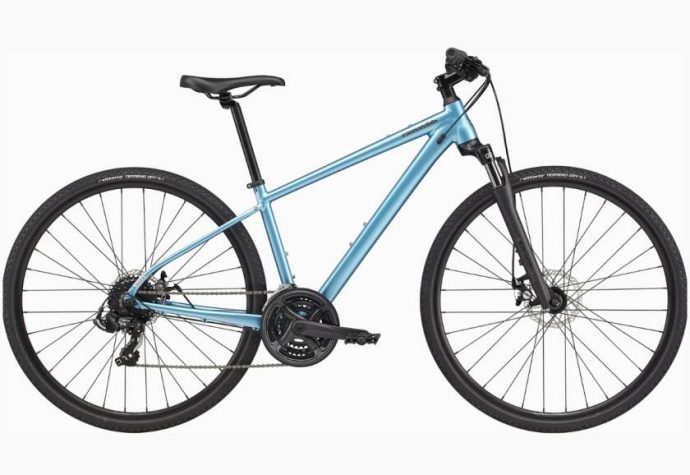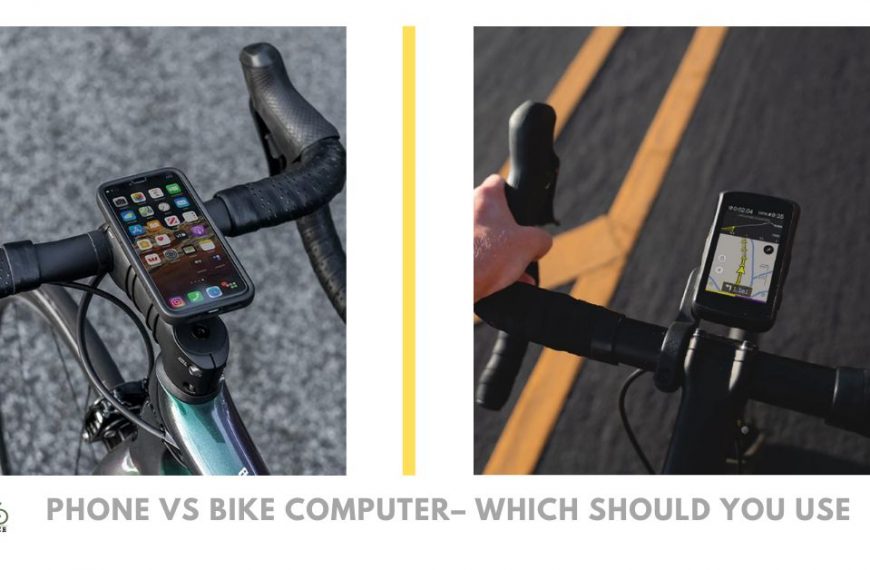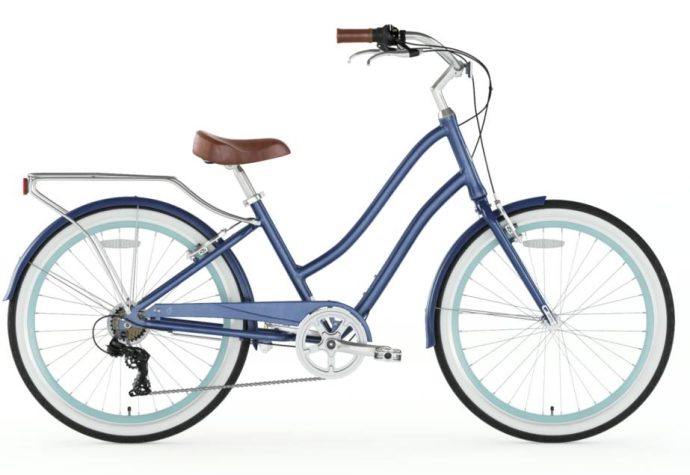How to adjust brakes on a bike
Your bike’s brakes will operate more effectively and safely if you regularly tune them. The brake pads and the brake cables are the two primary components of your bike’s braking system that need adjusting. Safety risks might arise from worn brake pads that are mounted either too low or too high on the rim. It will be more difficult to brake if the brake cables are excessively slack. Even though the numerous moving parts can make it seem frightening, adjusting bike brakes isn’t as difficult as it might seem. Fortunately, a few basic tools can allow you to quickly resolve these problems!
On cable-based brakes, such as mechanical disc brakes and v brakes, there are two basic points of adjustment. The barrel adjuster is the other, and one is at the caliper.
Caliper Brake
The horseshoe-shaped component over your tyre on v brakes that is connected to the brake pads is called a caliper. The caliper is the claw-shaped component at the disc in the middle of your wheel on mechanical disc brakes. The metal cuff on the brake cable at your brake lever is the barrel adjuster. Your brake cable likely needs to be adjusted if you discover that you have to apply considerable force to the brake lever in order to slow down, or if it fits tightly against the handlebar
• Centre Your Brake
It’s crucial to centre your brakes first. Are the brake pads positioned evenly in relation to the rim? If you are unable to notice this with your naked eye, apply the brake and observe to see if the brake pads make simultaneous contact or if one pad pulls the rim across to the other pad. Unscrew the back bolt, adjust brakes on a bike, and then firmly tighten it to straighten it.
• Examine The Distance
The next step is to measure the separation between the pads and the rim. There is no standard for how much of a gap to leave; some individuals enjoy very stiff brakes, while others want a little more travel on the lever. Loosen the bolt securing the cable and squeeze (or release) the brake calipers a little while holding the brake caliper in one hand. Check how the brakes feel at the lever after retightening this bolt and securing the cable. Continue until the brake lever has the desired sensation.
• Wheel Clearance
The lever is shown in this position not to change the feel of the brakes but rather to provide room for the tyre clearance when removing the wheel from the bike. As you ride and adjust your brakes, ensure sure the lever’s tip is pointing inward as opposed to outward.
• Adjust The Brake Pads
Adjust brakes on a bike by aligning the brake pads after adjusting for cable tension and brake caliper position. These ought to be put in a location where they are directly over the braking surface. They must never be lower than the braking surface and must never come into contact with the tire’s sidewall. Verify the brake pads’ all-around alignment with the braking track by rotating the wheel.
• Adjuster For Barrel
It is simple to fine-tune down the track with the barrel adjuster, as seen in the large figure above, once cable tension and pad position have been set correctly. The pads on this barrel can be moved in or out of alignment with the rim by rotating it either clockwise or counterclockwise. This method also enables micro-adjustment from the saddle and is the best approach to compensate for cable stretch over time without having to completely reset cable tension.
Disc Brakes Adjustment
The following is only one very straightforward, home-mechanic friendly approach to remedy a typical problem with disc brakes, which are more difficult to set than cable or V-brakes. If your disc brake is rubbing, the wheel may have been improperly adjusted after removal or your brake caliper may be misaligned.
- Remove the quick-release skewer, make sure the wheel is sitting straight in the drop outs, and then firmly retighten the quick release before adjusting the brake itself. The disc brake itself is probably to blame if the brake is still rubbing.
- On the brake caliper, loosen the two bolts. They only need to be partially undone, allowing the caliper to wiggle side to side when shaken with your palm.
- Retighten these bolts by compressing the relevant brake lever hard. Now the wheel ought to spin easily. Try this procedure again if the pads are still audibly rubbing on the brake rotor all the way around; occasionally, it requires a few tries before the caliper settles into the proper position.
- You can also try to adjust the caliper by sight if step two doesn’t work. The space on either side of the rotor is visible in this view. Realign the caliper manually with the bolts loose, and then, keeping it securely in place, tighten the bolts with the other hand.
V Brakes Adjustment
- It’s time to adjust the cable tension after making sure the wheel is centered and rotating freely. Release the brake cord with one hand still gripping both brake arms.
- When the brake pads are approximately the right distance from the rim for the best braking, gently relieve pressure on the brake arms with your hand. With your free hand, you might need to aid the cable pass through its clamping point.
- After the cable tension is determined, move the pads into the proper positions. Use one hand to firmly press the V-brake arms into the rim to imitate braking (as shown in the image) or squeeze the brake lever to help you get into position on the rim. While the brake pad is still lost, you can position it such that it contacts the rim in the middle of the braking track using your free hand. Retighten the bolt after making sure the pad isn’t too low or rubbing on the tyre. On the opposite side, repeat.
- On one side, it’s clear, yet it rubs on the other. The tiny screws on each side of the brake are used in this situation. Each brake arm has a metal spring that runs up its back; this screw regulates the tension of the spring. Wind this screw in to tighten the right spring and force the brake arm out if the right brake pad is rubbing. Adjustments should be made in this way until the pads are uniformly touching the rim and without rubbing. Check how the brake feels when you squeeze it when you’re satisfied with the position of the pads, then repeat steps 1-3 to fine-tune the feel.
Conclusion
V brake tuning looks to be too difficult, but if you carefully follow the instructions, you might find it to be straightforward and simple. Technical difficulties might arise, but if you are familiar with the many components of the v-brake system, you can overcome them.
You must be able to name and comprehend the numerous nuts, washers, and cables connected to the brake. Take note of which component has to be altered first as you follow this instructions to adjusting v-brakes. You will find the technique to be easy and pleasurable once you have learned the appropriate order to adjust v-brakes.
Contact Us
If you have any suggestions or advise, please feel free to reach us via our Contact Us here.
Our articles are developed after considerable research and studies online and also including seeking informational experience based tips from professional rides. Key sources of information are interviews, google search and youtube.




